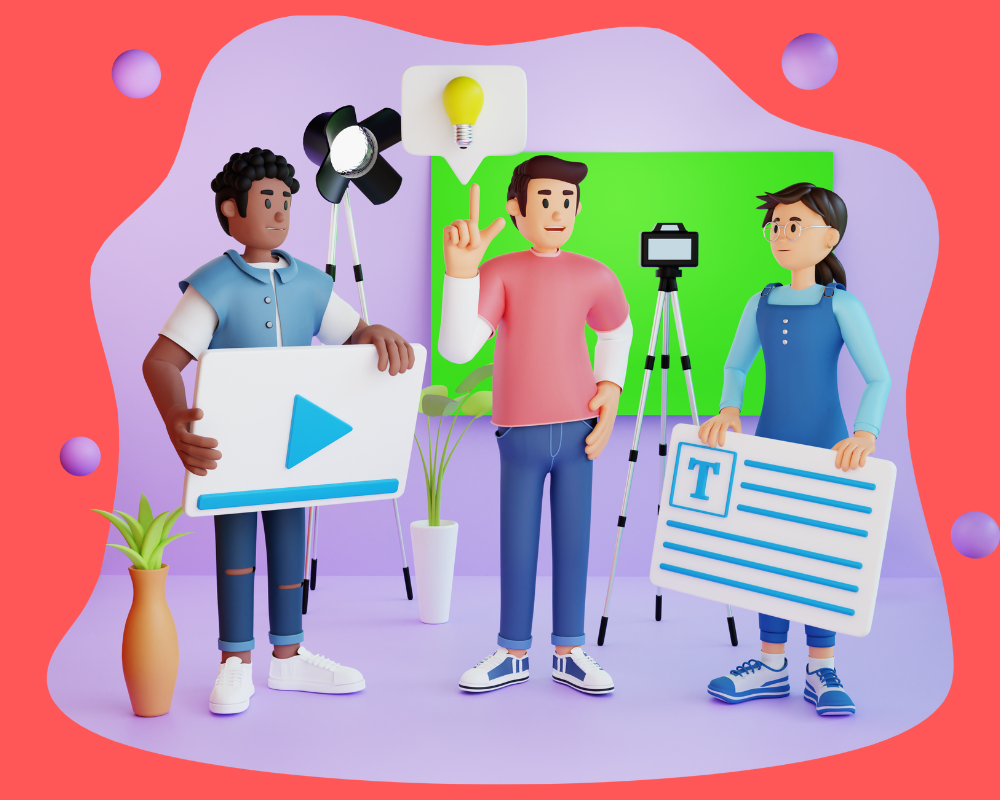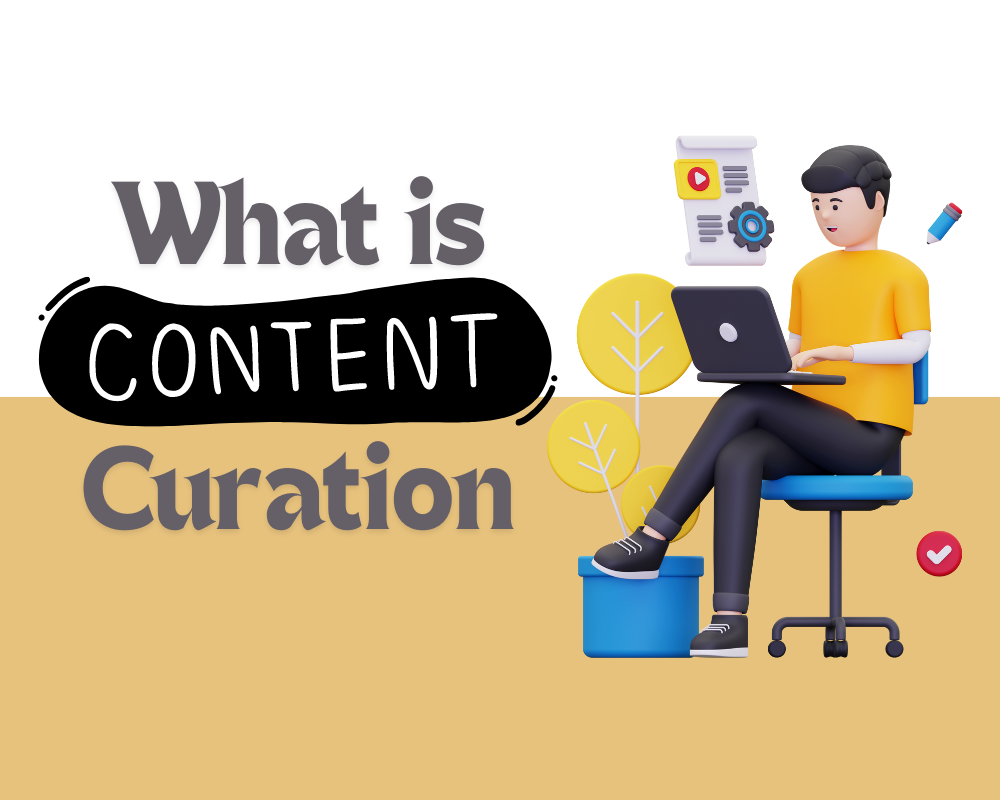Heard about this? Personalizing content isn’t just a buzzword; it’s a game-changer. In today’s fast-paced digital world, where everyone is inundated with information, standing out is more challenging than ever. But here’s the secret sauce: personalize your content. When you tailor your content to fit your audience’s unique tastes and preferences, you don’t just grab their attention—you hold onto it. And that’s exactly what we’re diving into today: how to craft tailor-made strategies to elevate your content and drive better engagement. Let’s get personal, shall we?
What is Content Personalization?

Let’s break it down. Content personalization is all about customizing your message to resonate with specific individuals or groups. Think of it like crafting a conversation at a party—wouldn’t you rather talk about mutual interests than rattle off random facts? That’s what personalized content does. It’s a way of saying, “Hey, I get you,” and building a connection that keeps people coming back for more.
Why does this matter? Well, people are more likely to engage with content that feels relevant to them. In fact, studies have shown that personalized content can boost engagement rates by as much as 40%! That’s no small feat. When done right, personalization can turn casual visitors into loyal fans.
Understanding Your Audience
Before you start creating content that resonates, you’ve got to know who you’re talking to. Imagine trying to write a love letter to someone you’ve never met—awkward, right? Understanding your audience is key to effective personalization.
So, how do you get to know your audience? It’s all about data. Use tools like Google Analytics, social media insights, and customer surveys to gather information on who your audience is, what they like, and what makes them tick. Dive into the data and segment your audience into groups based on common characteristics. Maybe they’re all pet lovers or they’re super into sustainable living. Whatever it is, find out, and use it to your advantage.
Effective Strategies for Content Personalization

Use Data to Drive Personalization
Data is your best friend when it comes to personalization. By collecting information like demographic details (age, gender, location), behavioral data (what they click on, how long they stay on your site), and even psychographic data (interests, lifestyle), you can create content that feels like a custom-made gift for your audience.
Let’s say you run a fitness blog. If you know a segment of your audience is particularly interested in yoga, you can create more yoga-related content, perhaps even tailored yoga guides based on skill level. The more you cater to their specific interests, the more engaged they’ll be.
Segment Your Audience
Audience segmentation is a fancy way of saying, “Let’s group people who are similar and talk to them in ways that make sense to them.” It’s like having different playlists for different moods. By segmenting your audience—whether by geographic location, age, or even shopping habits—you can create content that’s highly targeted and relevant. This isn’t just effective; it’s efficient.
For example, an online clothing store might send winter coat promotions to customers in colder climates while promoting swimwear to those in sunny locations. Simple but smart, right?
Leverage Personalization Tools and Technology
You don’t have to do this all manually—thank goodness for technology! Tools like AI and CRM systems can help automate the personalization process. They can analyze data, predict customer behavior, and suggest personalized content with minimal effort on your part. Email marketing platforms like Mailchimp or HubSpot can personalize emails based on user behavior, ensuring that each subscriber gets content that feels directly relevant to them.
Consider Netflix or Amazon—they’re personalization pros. They use sophisticated algorithms to recommend shows or products based on what you’ve already watched or bought, making the whole experience feel tailored just for you.
Creating Tailored Content That Resonates

Personalized Emails
Email might feel old-school, but it’s still one of the most effective ways to connect with your audience—especially when it’s personalized. Personalized emails can deliver five times higher transaction rates than non-personalized emails.
To make your emails stand out, use the recipient’s name, recommend products based on their previous purchases, or share content related to their interests. Think of it as whispering sweet nothings into their inbox. The key is to make each email feel like a one-on-one conversation.
Dynamic Website Content
Imagine visiting a website that feels like it was made just for you—that’s the power of dynamic content. With the help of AI and machine learning, websites can change their content based on who is visiting. This means showing different products, articles, or even images depending on the visitor’s behavior, location, or preferences.
A travel website, for example, could highlight tropical destinations for users in colder climates while showcasing ski resorts for those in sunny places. It’s all about making the experience as relevant and engaging as possible.
Custom Content for Social Media

Social media is a fantastic playground for personalization. From targeted ads to custom content based on user engagement, there are so many ways to make your social presence feel more personal.
Encourage user-generated content—this not only provides you with free, authentic content but also makes your audience feel more connected to your brand. Run polls, ask questions, or create content that directly speaks to your audience’s interests. The more personal you get, the more your audience will engage.
Measuring the Impact of Personalized Content
Okay, so you’ve put in the work to personalize your content—now what? It’s time to measure the impact. Look at key metrics like click-through rates, conversion rates, and overall engagement to see what’s working and what isn’t. Tools like Google Analytics, HubSpot, or even social media insights can provide valuable data on how your personalized content is performing.
And don’t be afraid to tweak things. Personalization isn’t a one-and-done deal; it’s an ongoing process. Keep testing and refining your strategies to make sure you’re always giving your audience exactly what they want.
Conclusion
Personalized content isn’t just a trend; it’s the future of engagement. By understanding your audience and leveraging the right strategies and tools, you can create content that doesn’t just reach people—it resonates with them. So go ahead, get personal. Your audience—and your bottom line—will thank you.
Ready to start personalizing your content? Share your experiences or sign up for our newsletter for more tips and tricks on making your content shine.














